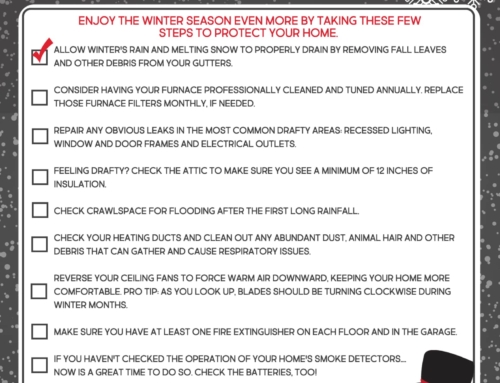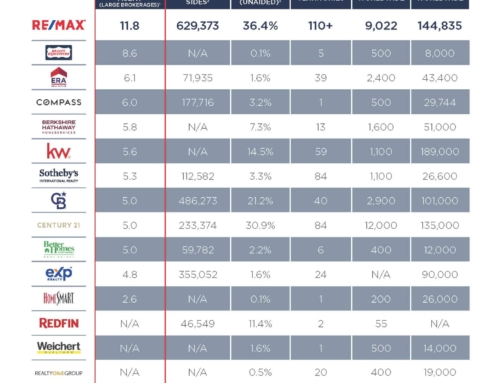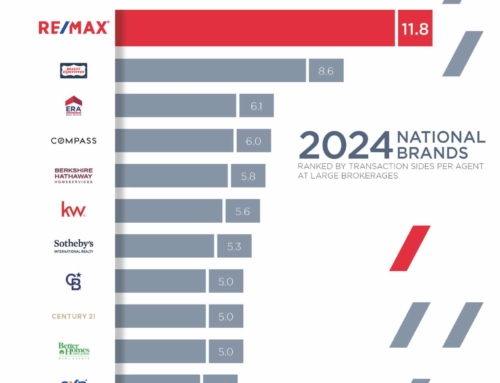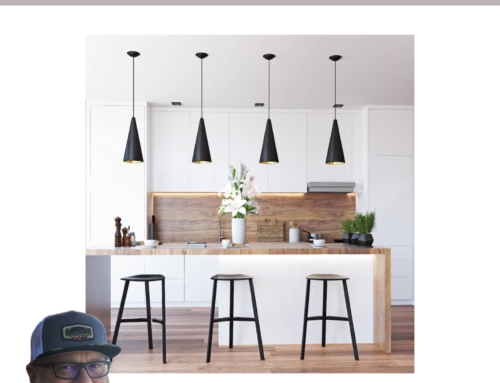Experts weigh in on the pros and cons of micro-size living in a tiny home.
Are you willing to climb a ladder to get to your bedroom?
While many homeowners dream of upsizing for space, others instead dream of downsizing for a myriad of reasons like cost, care and comfort. But with the phenomenon of tiny home living prominent in the real estate realm, some are ready to shrink their living space to new levels – even condensing into less than 400 square feet.
Rising in popularity over the past decade, the tiny home movement has been perpetuated by an impending desire for wanderlust. In the wake of the COVID-19 pandemic, more and more people are looking to redefine their reality.
When it comes to tiny homes, the definition of “tiny” will vary depending on who is asked. While 400 square feet and under has become industry standard, some real estate agents will consider a freestanding structure under 600 square feet a tiny home, too.
An often affordable option, tiny homes tend to be desirable due to their lower cost of living, minimalistic nature, off-grid living capabilities, and appeal to buyers with a persistent sense of adventure. Depending on local zoning laws, tiny homes are also being seen as opportunity for a guest house, backyard office or income property.
“People typically downsize for three different reasons,” says Steve Weissman, CEO of the Tumbleweed Tiny House Company, a renowned green-certified tiny home builder, based in Colorado Springs, Colorado. “One is a minimalist lifestyle choice where you want to get away from attachment to possessions. The second is the environmental component and the third would be that it financially makes sense for many to achieve homeownership.”
Are you considering going tiny? Weissman and RE/MAX agent Richard Rolfingsmeyer unpack the pros and cons of buying a tiny home.
The Pros: Affordability, Sustainability and Freedom
“When downsizing this small, your overall cost is less, so it allows more freedom to upgrade the things that are really important to you. Each tiny house is a work of art and a form of personal expression,” Weissman says.

Tumbleweed’s largest model is just 260 square feet. According to Homeadvisor, the average cost of a tiny home is $45K, but the more customizations, homey details and space-saving solutions are added, the higher the price. Tumbleweed’s intricate tiny homes sell for an average of $100K.
For many, the low cost of a tiny home in comparison to a traditional house could present an opportunity to become a homeowner sooner than planned or own a home outright without a mortgage. Plus, monthly bills – like electricity and gas – are significantly lower when operating within a micro-sized footprint. Speaking of which, a traditional layout for a tiny house includes a ground level room with a kitchen, living area and bathroom, and a sleeping loft atop.
“The house itself is consuming a lot less propane and using less power,” Weissman says. “And when you’re living there, your consumption is less, too. You’re not filling your house with furniture and other random things. It really is a lifestyle change.”
Aside from the occasional ambitious DIY-projects, most tiny homes begin with a builder, like Tumbleweed, which sells direct to consumer. A real estate agent steps in when it’s time for resale.
Richard Rolfingsmeyer, better known as “Richard-REALTOR®,” an agent with RE/MAX Real Estate Results in Bentonville, Arkansas, kickstarted his experience with tiny homes when he appeared on an episode of the HGTV show Tiny House Hunters. His on-air client was pursuing micro-living primarily for its sustainable benefits, like using less energy and natural resources on a daily basis.
The client also wanted the freedom to roam. Depending on how they’re situated, tiny homes provide homeowners the flexibility to get up and move with their house in tow.
“Your tiny house can be mobile if you have an easy way to load it on a flatbed or trailer. On the other hand, if you have it on a concrete block foundation, moving is difficult and the location is more permanent. My client specifically wanted a situation where she could connect her home to a vehicle and be able to go,” Rolfingsmeyer says.

“[My client] also didn’t want to be tied down to a mortgage or a plot of land. Her whole idea was to be able to travel the country and meet new people all while working a job and having a reliable home-base,” he adds.
In addition to serving as a primary dwelling, tiny homes are an unconventional – yet more affordable – option for second-home ownership. For vacation purposes, they are widely treated like a cabin and can be seen in mountainside or woodsy settings to get away and immerse with nature.
The Cons: Storage, Privacy and Land Logistics
The ideals of tiny home living must be met with reality, and a sizable consideration is storage – or lack thereof.
“Many people like their stuff – and like to accumulate even more stuff. If you’re having to get two or three storage units to store your possessions just because you want to live in a tiny house, then that’s maybe not the most cost-effective way to go tiny,” Rolfingsmeyer says.
A minimalist lifestyle is what draws many to tiny home living in the first place. But an ongoing commitment to minimalism is a must to maintain livable conditions. For those who are able to pare their possessions down to few, most tiny homes will suffice with elaborate storage solutions and dual-purpose features like drawers nestled in stairs and furniture that folds to nearly nothing.
“Something I’ve learned about people who live small is that they are more interested in investing in experiences rather than things,” says Weissman, a minimalist himself.
Sharing such small space can also be a point of contention, so those interested in going tiny must really enjoy spending quality – and quantity – time with their roommates.
“In smaller spaces, even little noises and sounds can start to get on your nerves,” Rolfingsmeyer warns.
Regardless of whether a whole family or just one person and a dog is living inside a tiny home, condensation can become an issue. Weissman recommends ensuring the tiny home you buy – whether it’s new or being resold – has a proper ventilation system for optimal air quality.
“Especially in colder climates, you start getting condensation. And as a result, mold is a relatively common problem in tiny homes,” he explains. “However, we created a heat recovery ventilation system and over the years it was adopted by other tiny home builders, too. [The system] circulates air through the tiny house and makes for a much healthier environment.”
According to Weissman, only 5% of tiny home owners move their home around regularly and 20% move it once every five years. Most buyers must arrange or purchase a permanent space for the structure to live because, unlike buying a traditional house, a tiny home more than likely won’t come with land.
“The majority of our homes are going into a backyard, and then some are going into a tiny house community,” Weissman says. “But for those that aren’t, the owners have to consider buying a plot of land.”
So, if you’re up for adventure – or are looking for a way to potentially save money while reaping the benefits of homeownership – consider taking on a big year ahead in a tiny home. Rolfingsmeyer suggests getting in contact with your local RE/MAX agent to discuss new versus resale options, land, local tiny home communities and more.
Get RE/MAX News delivered to your inbox! Sign up for News Alerts in the footer below.
Written byLeah Curtis





